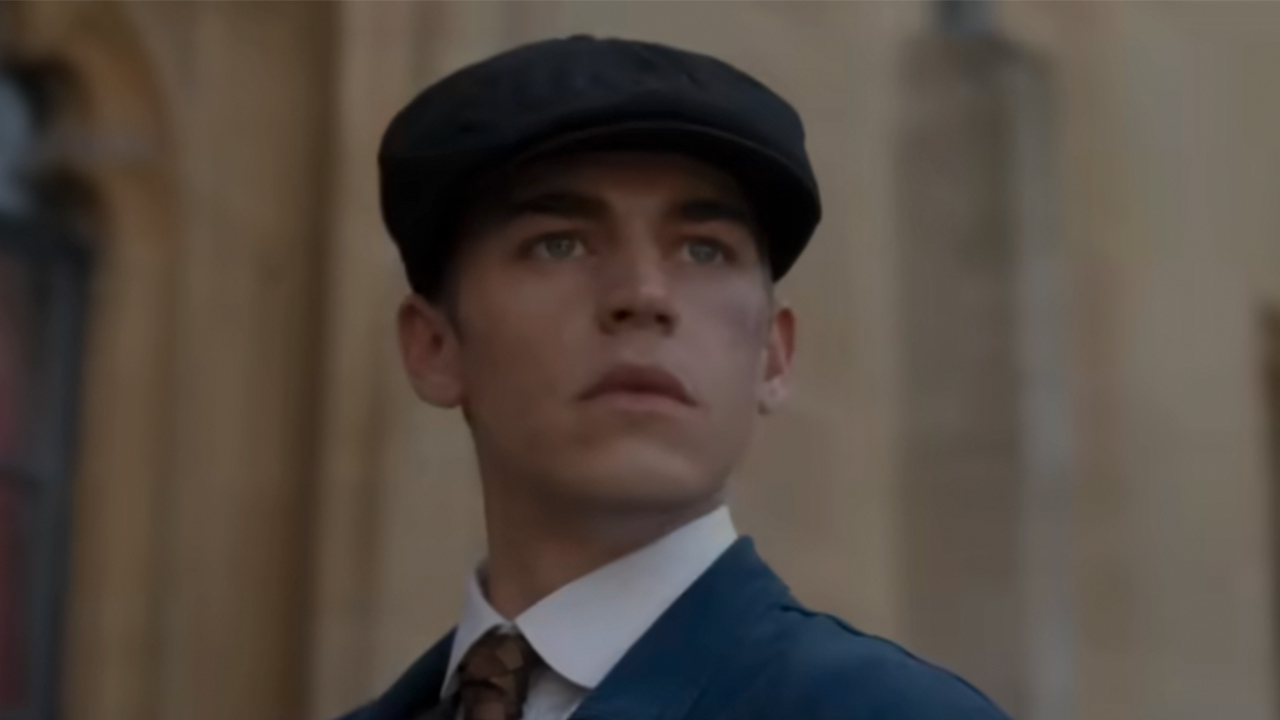5 Ways The Movie Version Of The Shining Is Superior To The Book
He's just going to bash your brains in, that's all.
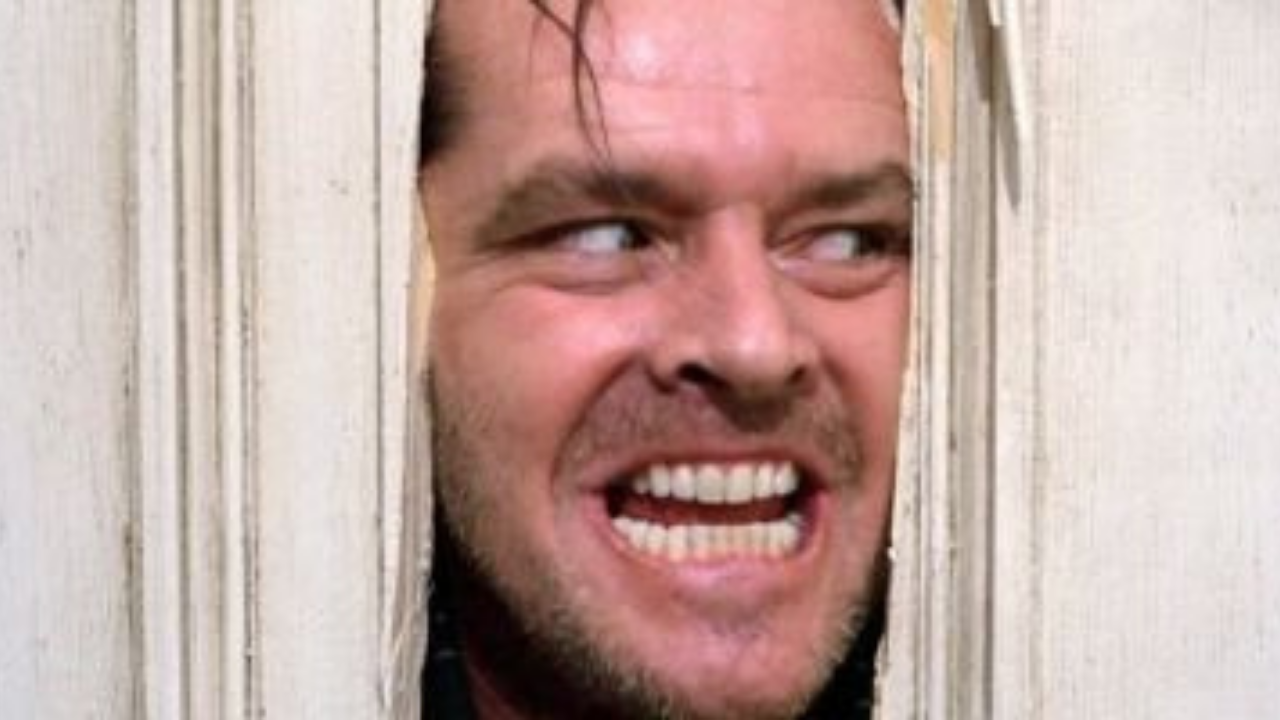
There are few authors who hate the movie adaptation of their book more than Stephen King hates Stanley Kubrick's version of The Shining. In fact, King has had to even "clarify" his issues with the movie. Plus, our resident King fan, Eric Eisenberg, did a great job of revisiting the controversy over the Kubrick film. So, yeah. Stephen King is definitely not a fan, and the book is always better than the movie, right?
Wrong! I mean, that's usually the case, but not always. I've even written a whole article about movies that are arguably better than the book, with The Shining rightfully being on that list. Because Kubrick's adaptation IS better than the novel. And, that's not even to say that the book is bad, because I do like it. Would I put it up there with all eight of The Dark Tower books, or something like The Stand? No.
But, as one of King's earliest works, I definitely think it stands toe-to-toe with books like Carrie and Salem's Lot. That said, this article isn't about either of those, it's about The Shining, and about how Kubrick's masterpiece is superior to the novel.
Oh, and spoilers for the book and movie up ahead.
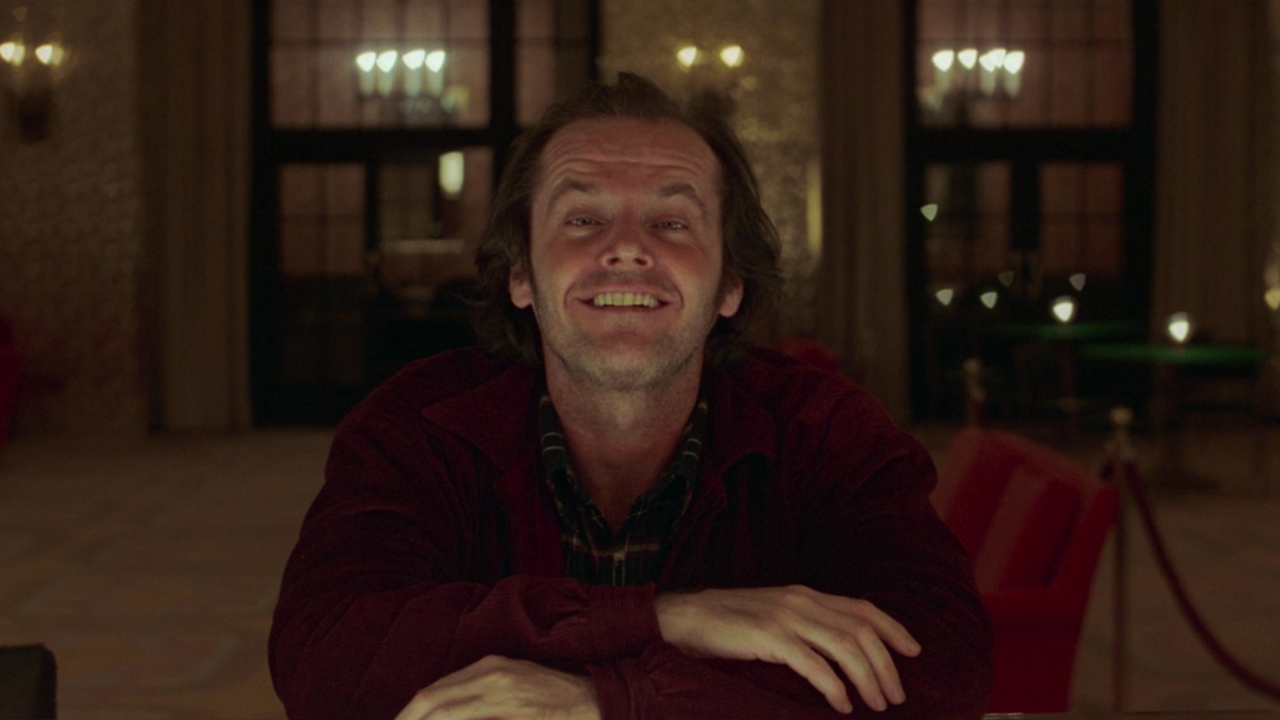
Jack Nicholson Adds More Character To Jack Torrance Than How He Was Written In The Book
Stephen King has gone on record to say that one of the reasons that he doesn't like Stanley Kubrick's version of his story is because Jack Nicholson's portrayal of Jack Torrance doesn't really have an arc. According to a phone interview with The New York Times, he had this to say:
Let’s put it this way, I dislike the film. I always have. I admire the film, and I admire Kubrick as a director, which sometimes gets lost in the mix when people who absolutely love that film take me to task. I love Kubrick as a filmmaker, but I just felt that he didn’t have the chops for this particular thing. I don’t like the arc that Jack Nicholson runs as Jack Torrance. Because it isn’t really an arc — it’s a flat line. He’s crazy from the jump.
And, can I just say that this makes his character in the movie all the more interesting? To be fair, many of Kubrick's characters are crazy from the jump. Alex DeLarge in A Clockwork Orange, pretty much the entire cast of Dr. Strangelove, Prvt. Leonard Lawrence in Full Metal Jacket. They’re all pretty crazy, or at least, close to the edge. But, what makes all of these characters interesting is just when they'll step over the edge.
There is much more of a gradual progression in the book, even though Torrance is an alcoholic, and sometimes has bad thoughts. But, in the movie, Nicholson plays Torrance teetering on the verge from almost the very beginning. So, when he finally does explode, he REALLY explodes.
Your Daily Blend of Entertainment News
This is especially interesting because you're never entirely sure if there really are ghosts in the movie, or if it's just part of his mania, whereas it's crystal clear that the Overlook Hotel in the book is haunted, making the movie more of a psychological horror story than the novel.
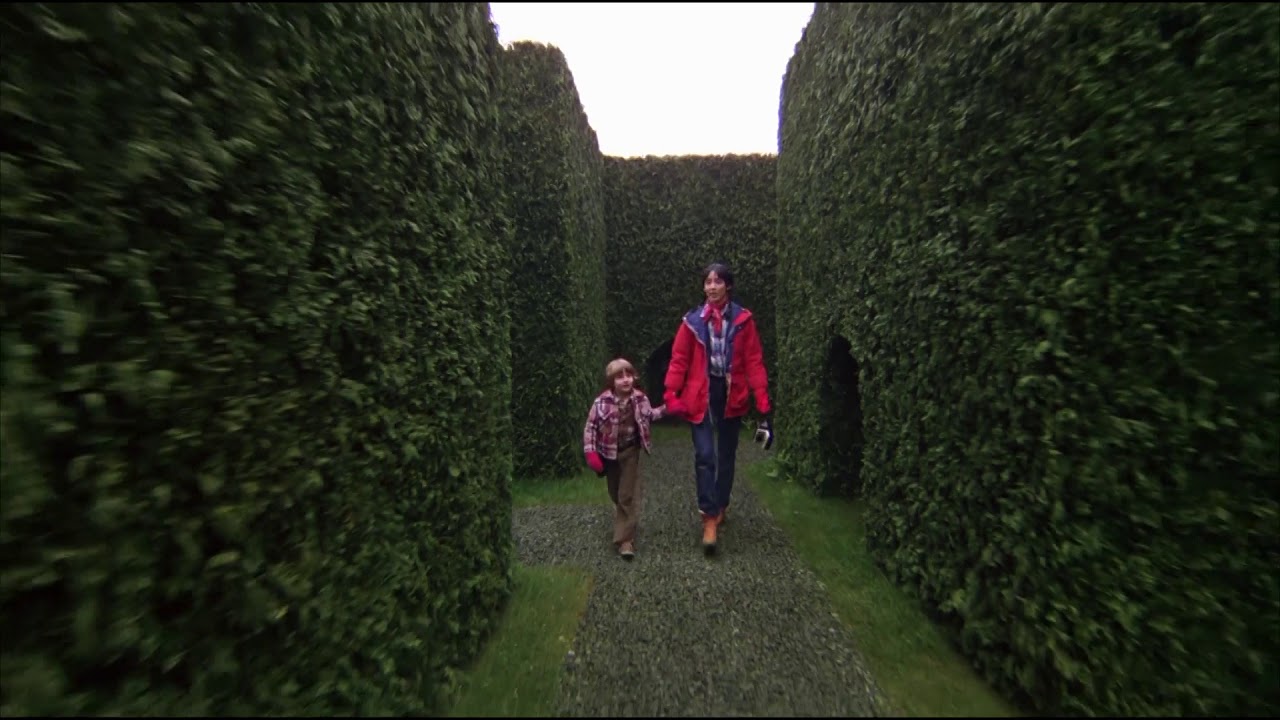
The Hedge Maze Is Better Than The Book's Topiary
One of the greatest moments in the entire movie is when Jack is chasing his son, Danny, throughout the hedge maze. And, truth be told, I saw the movie long before I read the book, so that scene was especially ingrained in my mind, as the maddening scope of the chase felt chaotic.
That said, when I eventually did read the book, I was surprised to find that there was no huge hedge maze, but rather, a topiary of animals that come to life. When my older sister initially told me this, I thought it sounded unique and interesting, but upon reading it for myself, I much preferred Kubrick's version with the hedge maze, since it again subtracts the supernatural elements of the book, grounding the story more, but still making it feel harrowing, nonetheless.

Dick Hallorann's Death In The Movie Is A Major Moment That Isn't In The Book
Since you're reading this article, I assume that you've seen the movie, but I don't know if you've actually read the book. So, if you haven't, then maybe you want to skip this section, but Dick Hallorann does NOT die in the novel. In fact, he comes to the rescue toward the end of the story to save Danny and Wendy from Jack. Now, this is fine for the book, but I think this kind of robs a great deal of the impact that the movie provides, as Jack doesn't kill anybody in the novel.
But, murdering Hallorann creates even more tension and distress, and it goes back to the idea that I mentioned earlier about how we're just waiting for him to explode. Jack killing Dick is a terrifying moment in the film, and one that helps put The Shining on our list of the best horror movies of all time.
Without Hallorann’s death, we might even feel a little sympathetic for Jack, because his vices and issues are getting the best of him, but after he kills him in the movie (he was just trying to help) there really is NO sympathy for Jack, which makes him all the more terrifying.
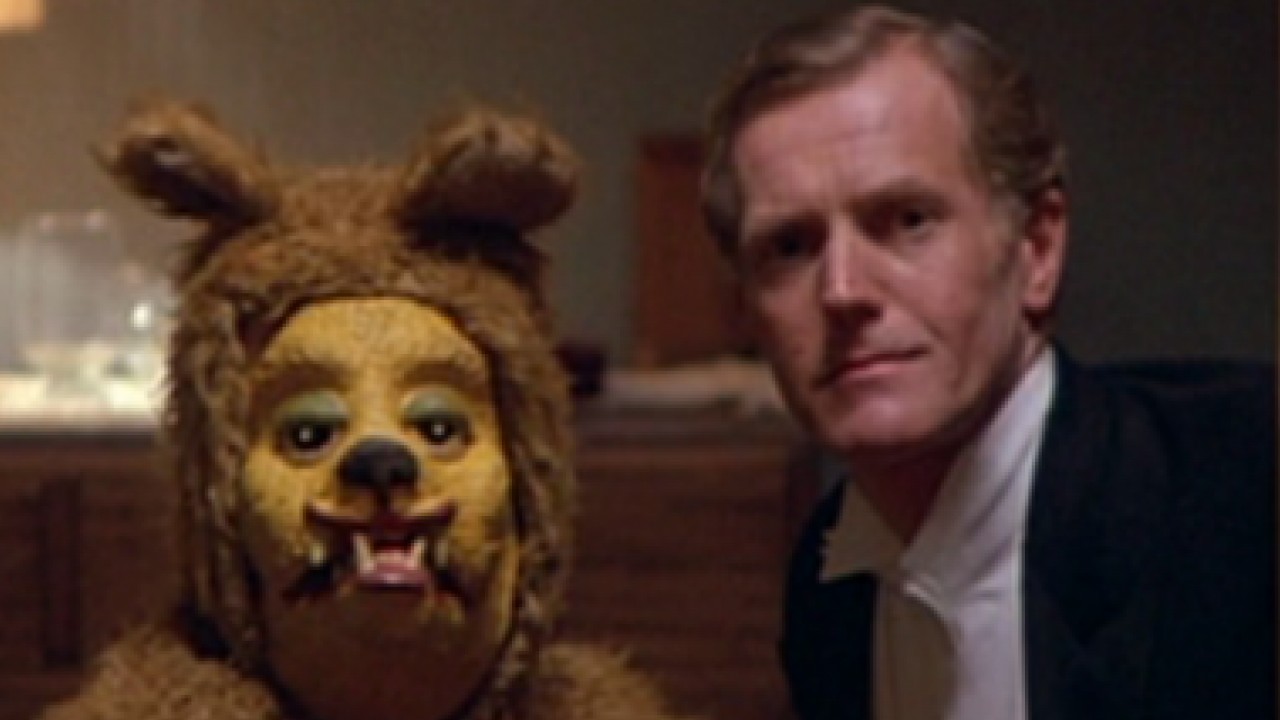
There Are Way More Interpretations To The Movie Since It Is A Stanley Kubrick Film
One aspect I really don’t like about the book is that you know for a fact that there are ghosts at play. It’s pretty clear cut, and there’s no room for interpretation. The Overlook Hotel is haunted, and Jack is being affected by their ghostly presences. But, it’s never quite certain in Kubrick’s version that there actually are ghosts in the hotel.
Yes, the whole concept of the "Shining" in general wouldn’t make much sense if there weren’t any ghosts involved, and yes, Wendy seeing that strange dog costume dude giving a BJ wouldn’t make any sense, either. But, you could make a case that the hotel itself is making them all go nuts.
That said, the film is much better because there are even more interpretations that can be made. In fact, a whole documentary about The Shining was released, and it’s called Room 237. In the film, we get a whole new outlook of the movie from all the many, maddening interpretations. Plus, The Shining sequel, Doctor Sleep (which everyone should watch since it’s awesome) is a continuation of the Stanley Kubrick picture, which has its own sort of interpretations, so, there’s that as well.

The Ambiguous Ending In The Movie Is Way Better Than The Book's Rather Bland Conclusion
Lastly, the ending of The Shining movie is SO MUCH BETTER than the book’s. In the end of the novel, Jack dies from the boiler exploding, and, a year later, Dick Hallorann tries to make Danny feel better. OK. I mean, that’s fine, and conclusive, which a lot of people like, but I’ve always been one who much prefers ambiguous conclusions, like the ending of The Sopranos. And, Stanley Kubrick’s version of The Shining has an ambiguous ending that is still being discussed, even to this day.
In the film, Jack freezes to death, but then we see a picture of people at the hotel in a party, and Jack is somehow in the picture, even though the photo is dated July 4, 1921. But, like, how is that even possible? I get chills just thinking about it, and that scene alone is scarier than any other moment in the book, if you ask me. The ending to the movie is just perfect, and one that will stick with me forever. It’s just that good.
But, what do you think? Are you one of those people who defends The Shining novel over the movie? For more news on all things Stephen King, make sure to swing around here often.

Rich is a Jersey boy, through and through. He graduated from Rutgers University (Go, R.U.!), and thinks the Garden State is the best state in the country. That said, he’ll take Chicago Deep Dish pizza over a New York slice any day of the week. Don’t hate. When he’s not watching his two kids, he’s usually working on a novel, watching vintage movies, or reading some obscure book.
